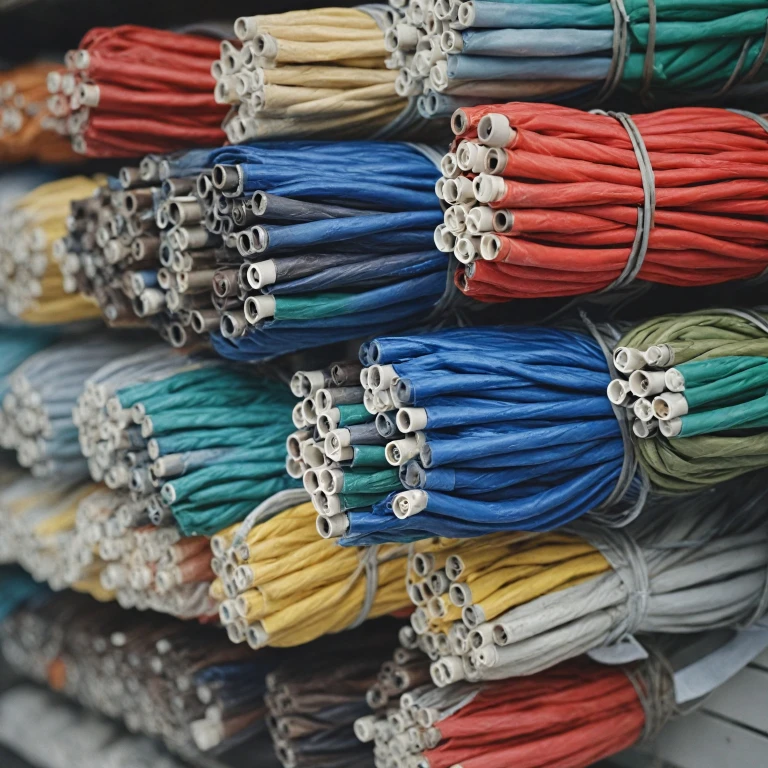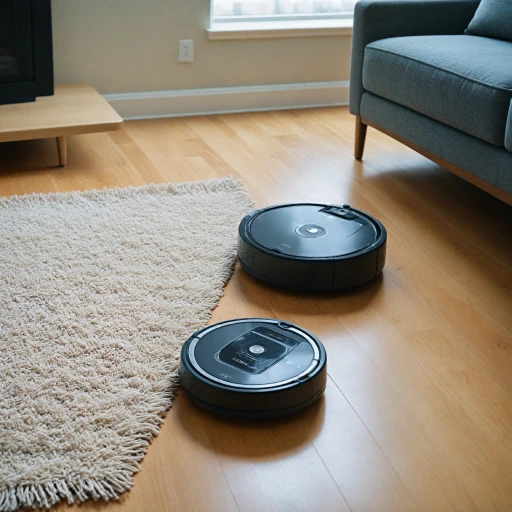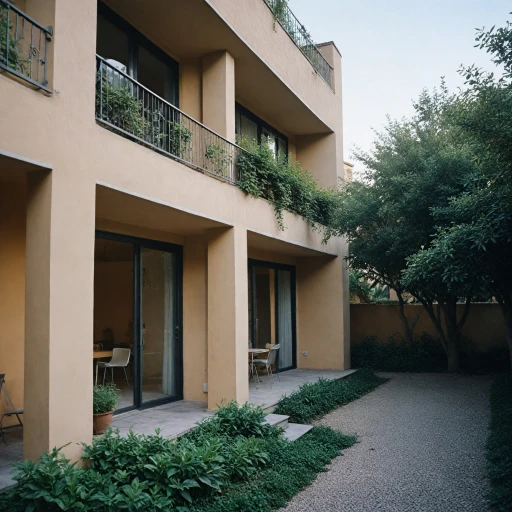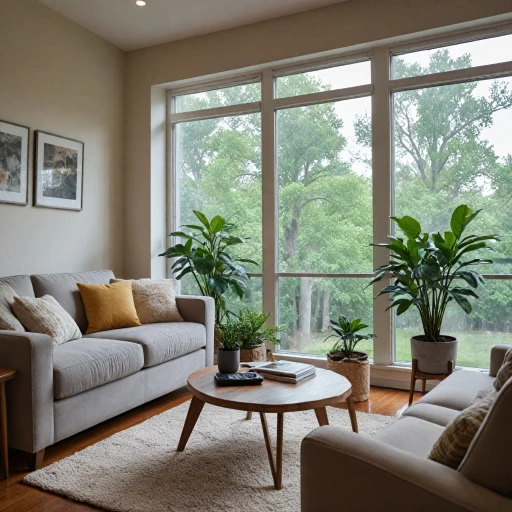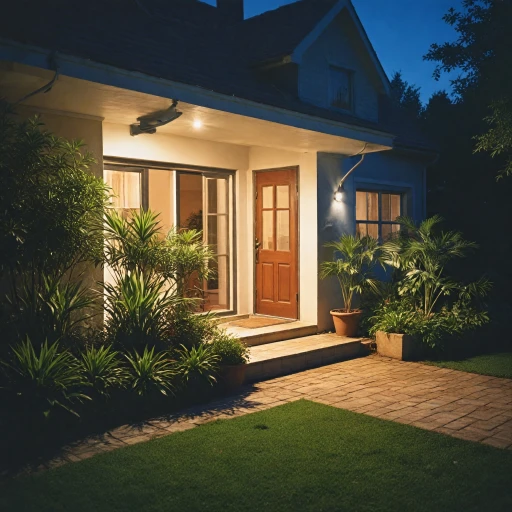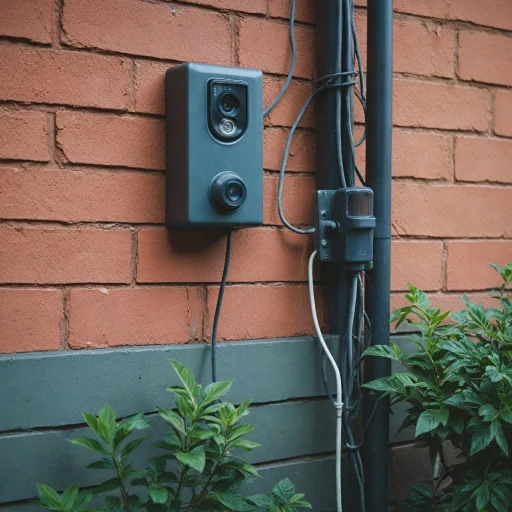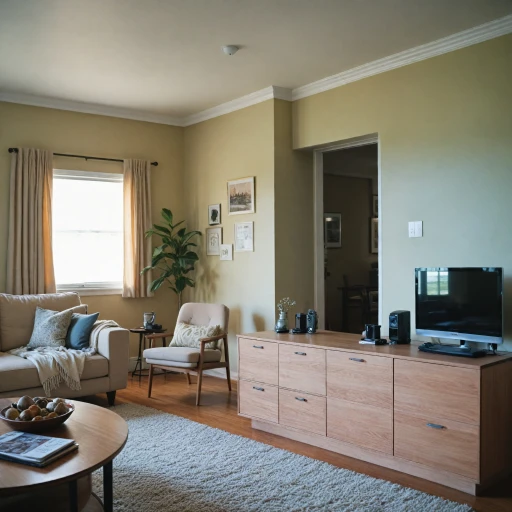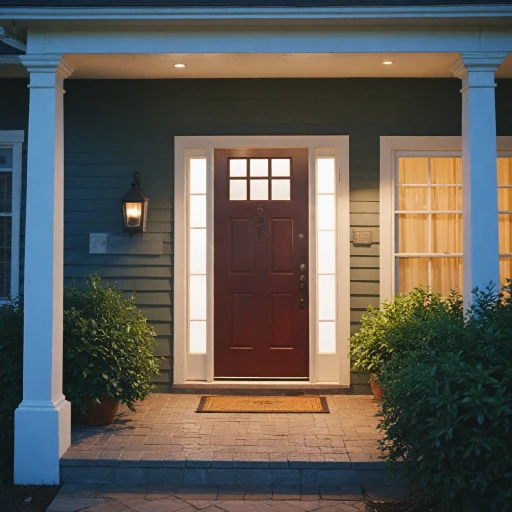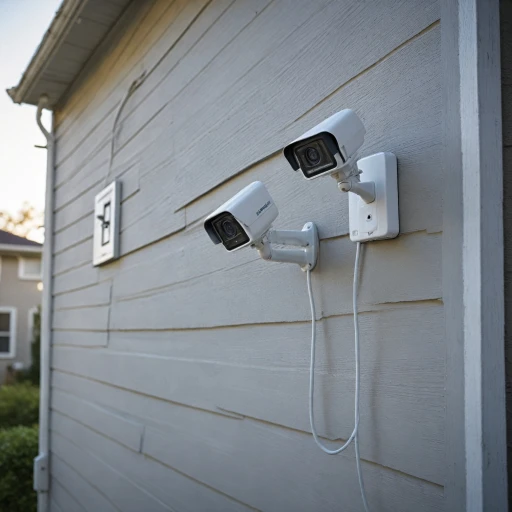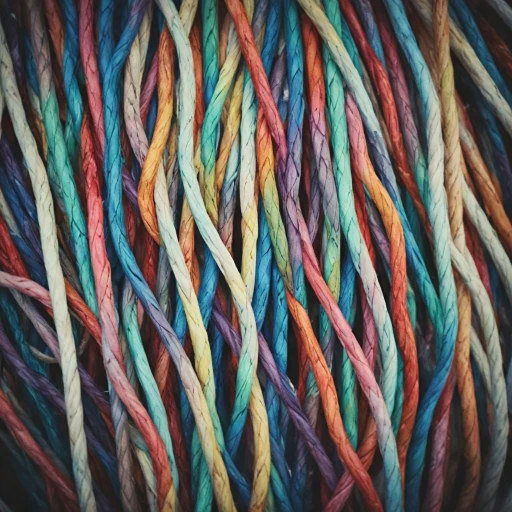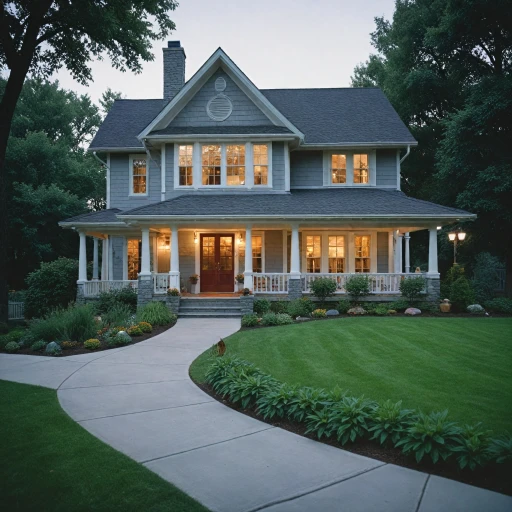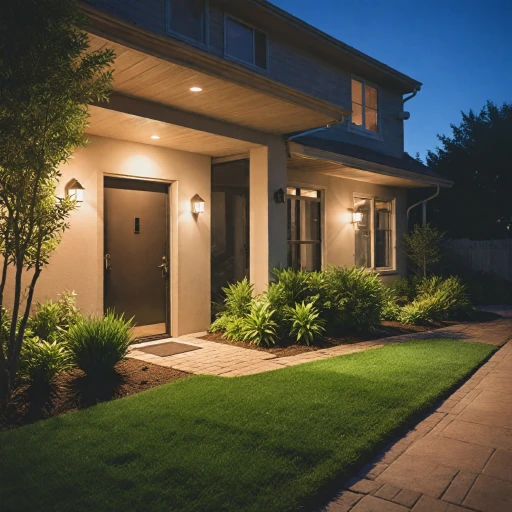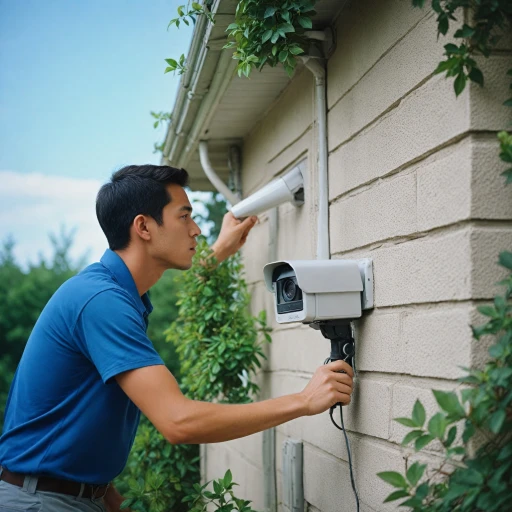
Understanding Cable Types for CCTV Systems
The Basics of CCTV Security Camera Cables
For anyone looking to set up a CCTV security camera system, understanding the various types of camera cables is essential. These cables are the backbone of any camera system, responsible for transmitting video, audio, and power between the cameras and the recording system. Broadly, security camera cables fall into a few categories such as coaxial, siamese, and ethernet cables.
Coaxial and Siamese Cables
Coaxial cables, often recognized by their BNC connectors, are traditional options for transmitting video signals. They are reliable for short to medium distances. An upgrade from this is the siamese cable, which combines the coaxial cable with a power cable, offering a two-in-one solution. This integration simplifies cabling by reducing the number of wires needed to connect to cameras.
The Rise of Ethernet Cables
More contemporary setups often use ethernet cables, leveraging existing network infrastructure within a home. A standout feature of these cables is Power over Ethernet (PoE), which allows a single cable to provide both data and power to outdoor cameras, streamlining the installation process. Explore how a PoE splitter can further benefit your home security setup for a more efficient powering method.
Connector Considerations
When dealing with cable connectors, understanding the appropriate choice is crucial. BNC connectors are standard with coaxial cables, providing a secure and reliable connection. In contrast, ethernet cables use RJ45 connectors, which are well-suited for more modern IP camera systems.
Factors to Consider When Selecting a Cable
Key Considerations for Selecting the Ideal CCTV Cable
When exploring cables for your CCTV security cameras, understanding specific factors is crucial to optimizing your security system's performance. Choose wisely, considering not only technical aspects but also your environment and future needs.- Cable Type & Compatibility: The foundation of your CCTV system lies in the types of cables utilized. Coaxial cables, such as the RG59, are tailored for traditional analog systems, whereas Cat5e or Cat6 Ethernet cables come in handy for IP cameras. Investing in the right type ensures seamless integration with your camera system.
- Length and Signal Distance: Signal degradation is a possible pitfall with lengthy cables. Consider video power options, such as siamese cables, if your cameras are set far from the Digital Video Recorder (DVR) or Network Video Recorder (NVR). Additionally, ensure the power cable component can aptly supply energy to your cameras over long distances.
- Environmental Conditions & Durability: Opt for cables with durable outer jackets if they will be exposed to harsh environmental conditions. Black or white cables can be selected depending on visibility and susceptibility to the environment.
- BNC Connectors & Cable Compatibility: Depending on whether you're working with coaxial or Ethernet cables, ensuring compatibility with BNC connectors or RJ45 connectors is paramount. A security system using a coaxial cable and BNC connectors can often provide a more stable video signal.
- Budget & Price Considerations: While it’s tempting to go for lower-priced options, balance quality with the cost. Investing in reliable, high-quality cables can save you from frequent replacements and ensure robust security.
- Future-Proofing & Expansion: Anticipating future upgrades or expansions in your camera systems is wise. Selecting cables that support higher bandwidth and allow for additional cameras can ease future transitions. On this note, understanding Power over Ethernet (PoE) network switch capabilities without an uplink can support system scalability.
Installation Tips for CCTV Cables
Proper Handling and Placement
When installing cables for your CCTV security system, the way you handle and place them can significantly impact performance. Start by ensuring that your security camera cables are not bent sharply or twisted. This can damage the internal wiring, leading to poor video quality or complete signal loss. Use cable ties to keep cables organized and avoid tangling.
Weatherproofing Outdoor Installations
If your security cameras are outdoors, make sure to use weatherproof cables. Coaxial cable and ethernet cables should be adequately protected against rain and extreme temperatures. You can use protective conduits or cable covers to shield them from the elements.
Choosing the Right Connectors
Using the correct connectors is crucial for a stable connection. BNC connectors are commonly used for coaxial cables, while RJ45 connectors are standard for ethernet cables. Ensure that these connectors are securely fastened to prevent any loss of signal.
Testing the System
Before finalizing the installation, test the entire security system to confirm that all cameras are receiving power and transmitting video correctly. This step is essential to identify any issues with the cabling early on.
Labeling for Future Maintenance
Labeling your cables can save you a lot of time during future maintenance. Clearly mark each cable with its corresponding camera or system function. This practice is especially useful in complex setups with multiple security cameras and systems.
Common Mistakes to Avoid with CCTV Cabling
Frequent Blunders in CCTV Cabling
When setting up your CCTV security system, there are some common blunders to watch out for. Properly handling video power cables is crucial to maintaining optimal performance and security. Here are some pitfalls you should strive to avoid:- Neglecting Quality Over Price: Opting for the cheaper security camera cable might seem financially savvy, but using low-grade materials can lead to performance issues and increased maintenance costs over time. Investing in quality, such as coaxial cables or high-quality ethernet cables, can ensure longevity and reliability.
- Using Inadequate Cable Types: Your choice of cable greatly impacts the performance of your security system. Whether utilizing coaxial cable for close connections or CAT cables for digital camera systems, ensure that the cable specs match the cameras and systems you have. Mismatched cable types can degrade video quality and reduce system efficiency.
- Poor Installation Practices: Improper installation can lead to damaged cables. Ensure the cables are not bent too sharply and use proper cable management techniques to avoid physical stress. Additionally, avoid using black or white cables outdoors without proper UV protection to prevent degradation from weather conditions.
- Overlooking Connector Compatibility: Ensure that your cables have the appropriate connectors. BNC connectors are common, but not universal. Mismatched connectors, such as using a power cable with the wrong connectors, can disrupt your security camera system’s functionality.
- Lack of System Power Considerations: Make sure your security system has adequate power supply. Incorporating siamese cables, which combine video and power in one, can simplify setup but requires proper power balancing to maintain camera functionality.
Maintaining and Troubleshooting CCTV Cables
Regular Maintenance for Longevity
To extend the lifespan of your CCTV security camera system, regular maintenance of the cabling is crucial. Over time, cables can wear out due to environmental factors like temperature changes or moisture. Regularly inspect your cable black and cable white for any visible signs of wear, such as cracks or frays, and replace any damaged cables promptly.Troubleshooting Signal Issues
When dealing with signal issues, it's essential to check your video power connections. Ensure that your BNC connectors are securely tightened and that your coaxial cable or siamese cable isn't bent or pinched. If using ethernet cables, verify that your connections are intact and there's no signal interference affecting your camera system.Addressing Power Problems
Power issues are common in CCTV systems. Make sure your power cables are correctly connected and don't show any signs of damage. Sometimes, replacing an old power cable or upgrading to a better quality one can resolve persistent issues.Keeping Up with Technology
As technology evolves, consider upgrading to newer cabling solutions. Systems using PoE (Power over Ethernet) with cat cables are increasingly popular due to their efficiency and ease of installation. While the initial price might be higher, the long-term benefits in terms of performance and flexibility usually make it worth adding to your cart. Staying informed on the latest advancements can help you maintain an efficient and effective security system that protects your property and provides peace of mind.Future-Proofing Your CCTV Cabling Setup
Planning for Technological Advancements
As technology continues to evolve, ensuring your CCTV cabling setup is future-proof can save you time and money in the long run. Consider the potential for higher resolution cameras, which may require cables capable of handling increased data transmission. Opting for ethernet cables like Cat 6 or Cat 7 can be a wise choice, as they offer greater bandwidth and are better suited for future upgrades.
Investing in Quality Materials
When selecting cables for your security system, prioritize quality over price. Investing in high-quality coaxial cables or siamese cables ensures durability and reliability. These cables should be capable of handling both video and power transmission efficiently, reducing the risk of signal loss or degradation over time. Additionally, using bnc connectors and other reliable cables connectors can enhance the longevity of your system.
Considering Environmental Factors
Environmental conditions can impact the performance of your CCTV cables. When planning your setup, take into account factors like temperature fluctuations, humidity, and potential exposure to sunlight. For instance, using cable black or cable white with UV protection can prevent deterioration from sun exposure. Additionally, ensure that your camera cables are adequately shielded to prevent interference from other electronic devices.
Scalability and Flexibility
Your security needs may change over time, necessitating additional cameras or upgrades to your existing system. Designing a flexible cabling setup allows for easy expansion without the need for a complete overhaul. Using modular components and leaving room for additional camera systems or security cameras in your initial plan can facilitate future enhancements. This approach not only saves time but also minimizes disruptions to your security coverage.
Regular Maintenance and Updates
Regular maintenance of your cctv security cables is crucial to ensure optimal performance. Routine checks for wear and tear, along with timely replacements of damaged camera cable or power cable, can prevent unexpected failures. Additionally, staying informed about the latest advancements in security system technology can help you make informed decisions about necessary upgrades or adjustments to your setup.

